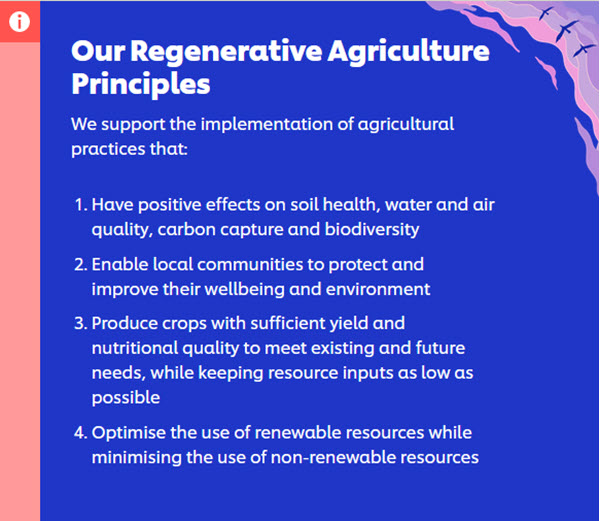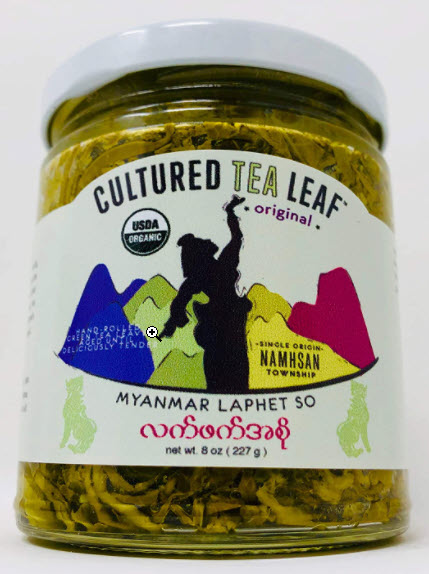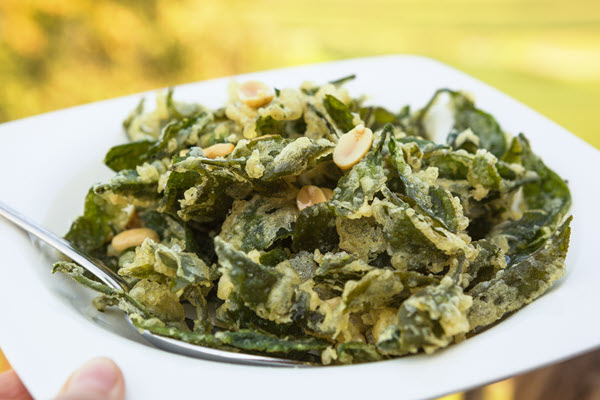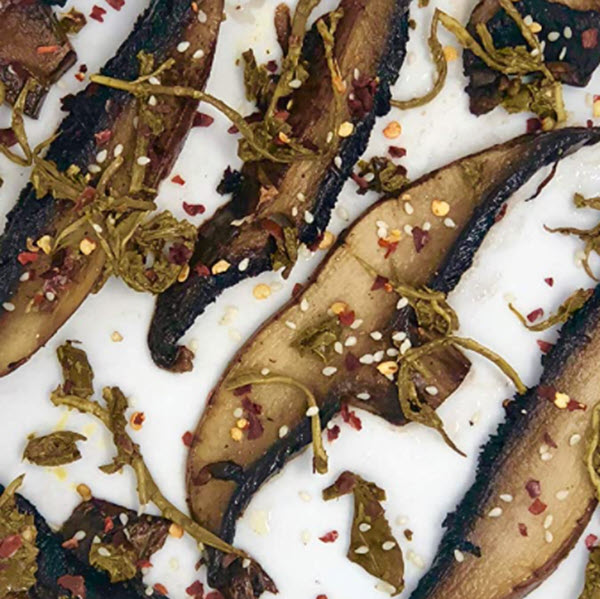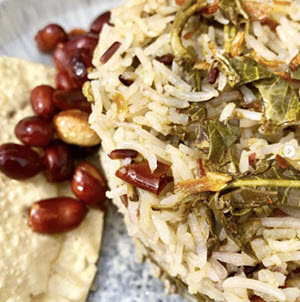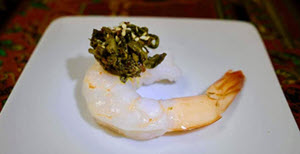Can a world that has already eroded a third of the planet’s soils feed a population of 10 billion without intensive agricultural practices that rely on heavy inputs of fertilizer, herbicides, and pesticides that sustain monoculture farming?
To answer this question, the Tea Biz Podcast and Blog is undertaking a series of interviews with thought-leaders in tea from organizations such as the Rainforest Alliance, growers in Sri Lanka, where a nationwide ban on the import and manufacture of plant chemicals was instituted in May; and with multinationals like Unilever, a company with extensive tea holdings that recently unveiled its basic principals of regenerative agriculture.
Listen to the introduction

Unilever’s Principles of Regenerative Agriculture
By Dan Bolton
In a review of the World Resources Institute’s December report on the looming “food gap” The Guardian writes that “compared with 2010, an extra 7,400 trillion calories will be needed each year by 2050. If food production increases along current lines, that would require a landmass twice the area of India.”
As temperatures rise and rainfall becomes more erratic, attention has shifted to climate change on a grand scale and mitigation at the farm level. Tea is generally grown on hillsides at altitudes less favorable to food crops but the looming scarcity of land for food crops and the depletion of soil on existing farms present long-term challenges for the tea industry.
Unilever acknowledges there is no accepted definition of regenerative agriculture, but the phrase is widely used to refer to practices that include minimum or no tillage, a reduction in the use of chemical pesticides and fertilizers, extensive crop rotation and well-managed grazing for animals instead of industrial feedlots.
Regenerative agriculture is focused on the soil and the enhancement of soil organic matter – SOM is a mix of plant and animal debris, soil microbes in an enriched environment of carbon, hydrogen, and oxygen. SOM improves soil structure, reduces erosion, and retains water.
Extensive planting of cover crops also draws carbon dioxide out of the atmosphere where it is retained in the soil.
Unilever’s Regenerative Agriculture Principles (RAP) are focused on regenerating soils, protecting water quality, increasing biodiversity, developing climate solutions; and improving farmer livelihoods.
The intent is to optimize the use of renewable resources while minimizing the use of non-renewable resources; while keeping resource inputs as low as possible.
The goal of protecting topsoil from erosion and restoring existing soil finds widespread support, but some consider regenerative agriculture to be “over-hyped.”
As NBC News reported in 2019, “one much-cited estimate of potential soil sequestration published to date suggests that if regenerative practices were used on all of the world’s croplands and pastures forever — a huge assumption — the soil may be able to sequester up to 322 billion tons of carbon dioxide from the atmosphere.” That’s a long way from the one teraton that is sometimes claimed to be possible.
Sharon Kelly on Desmog.com writes that “A lot of studies that claim regenerative agriculture can have a huge impact “do not address scientific and practical challenges” involved in employing those practices, the World Resources Institute argues.
She goes on to point out that “Big agrichem companies have been marketing a form of regenerative agriculture that could keep farms reliant on pesticides and other chemicals. For example, farmers may use chemicals to kill off crops at the end of a season rather than using tillage. While that may keep the soil in place, the chemicals used can damage the integrity of the soil in other ways. So while it could be good for carbon emissions, it could perpetuate other environmental problems.”
Kelly writes that “While regenerative agriculture may be in-vogue, it’s not well defined. The term “regenerative” — unlike terms such as “organic” — isn’t defined by regulators and “regenerative agriculture” farmers are not required to show that they’ve followed any specific standards. It’s part of a wider suite of strategies that fall under the umbrella of “climate smart agriculture”, a similarly ill-defined term, which critics say can be used by companies to greenwash their images while avoiding regulation.
Giulia Stellari, sustainable sourcing director at Unilever told FoodNavigator that the stated principles are a starting point. It’s important the industry agree on a definition. “Without consensus, it’s difficult to have alignment amongst organization and therefore difficult to track progress.”
Beyond the Farm
Unilever also makes it clear that “The farms in our supply chain are a key focus for our nature regeneration work. But to do all we can to protect and regenerate nature, we must look beyond the farm and consider the wider impact of agricultural and industrial practices. Where we see an opportunity, we will work with suppliers and farmers to apply regenerative principles to restore natural ecosystems too,” writes Unilever.
“Here the opportunity is in working with local governments, technical organizations, NGOs, suppliers and peer companies to educate farmers and build capability and capacity for the protection of natural ecosystems.
“Regenerating nature requires a whole systems approach, and we are continuing to look closely at our role in the system, and the different places we can play our part.”
Resources
— Unilever
Next in the series is a conversation with the Rainforest Alliance on how regenerative agriculture differs from sustainable farming.

Unilever’s Investment in Sustainable Tea Estates
Kenya offers a model for developing countries where smallholders generate most of the tea consumed. In 2006, Unilever pioneered Farmer Field School programs with the Kenya Tea Development Agency (KTDA). Initially supported by the UK Government, and IDH (the Sustainable Trade Initiative) provided funding from 2008. This helped scale it into a program that eventually trained nearly 100,000 farmers – around half women – on good agricultural practices to increase yields and quality.
While the main aim was for farmers to meet Rainforest Alliance certification standards and improve incomes, they also learned how to grow other crops to diversify and protect themselves from tea price fluctuations, as well as good hygiene and nutrition practices.
Advances in sustainable practices are most evident at the Kericho Tea Estate which covers 22,500 acres (9,000 ha) and employs 5,500 full-time workers along with thousands more temporary workers during the harvest season. Kericho also buys significant quantities of raw leaf from local smallholders.
“We have worked hard over many years to improve pay and conditions and we now pay workers well above the industry average – about two and a half times the statutory minimum agricultural income in Kenya as well as health care, education and housing benefits,” writes Unilever. Benefits include transport allowances, paternity and maternity leave, health care, nursery and clean drinking water for the 40,000 people living in company villages.
Share this post with your colleagues.
Signup and receive Tea Biz weekly in your inbox.
Never Miss an Episode
Subscribe wherever you enjoy podcasts:

